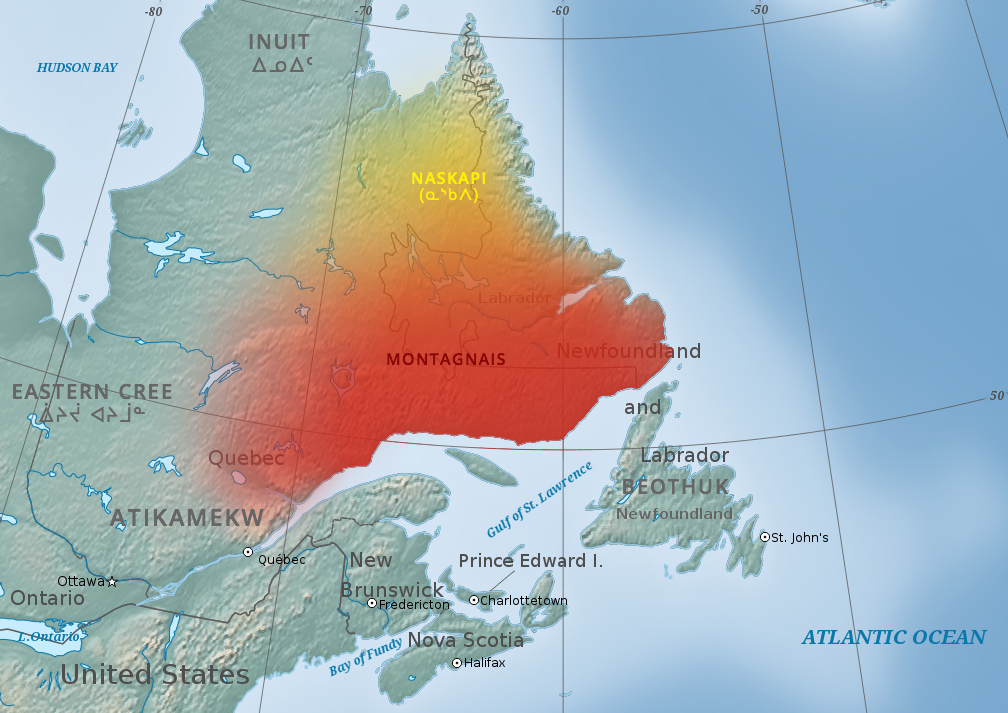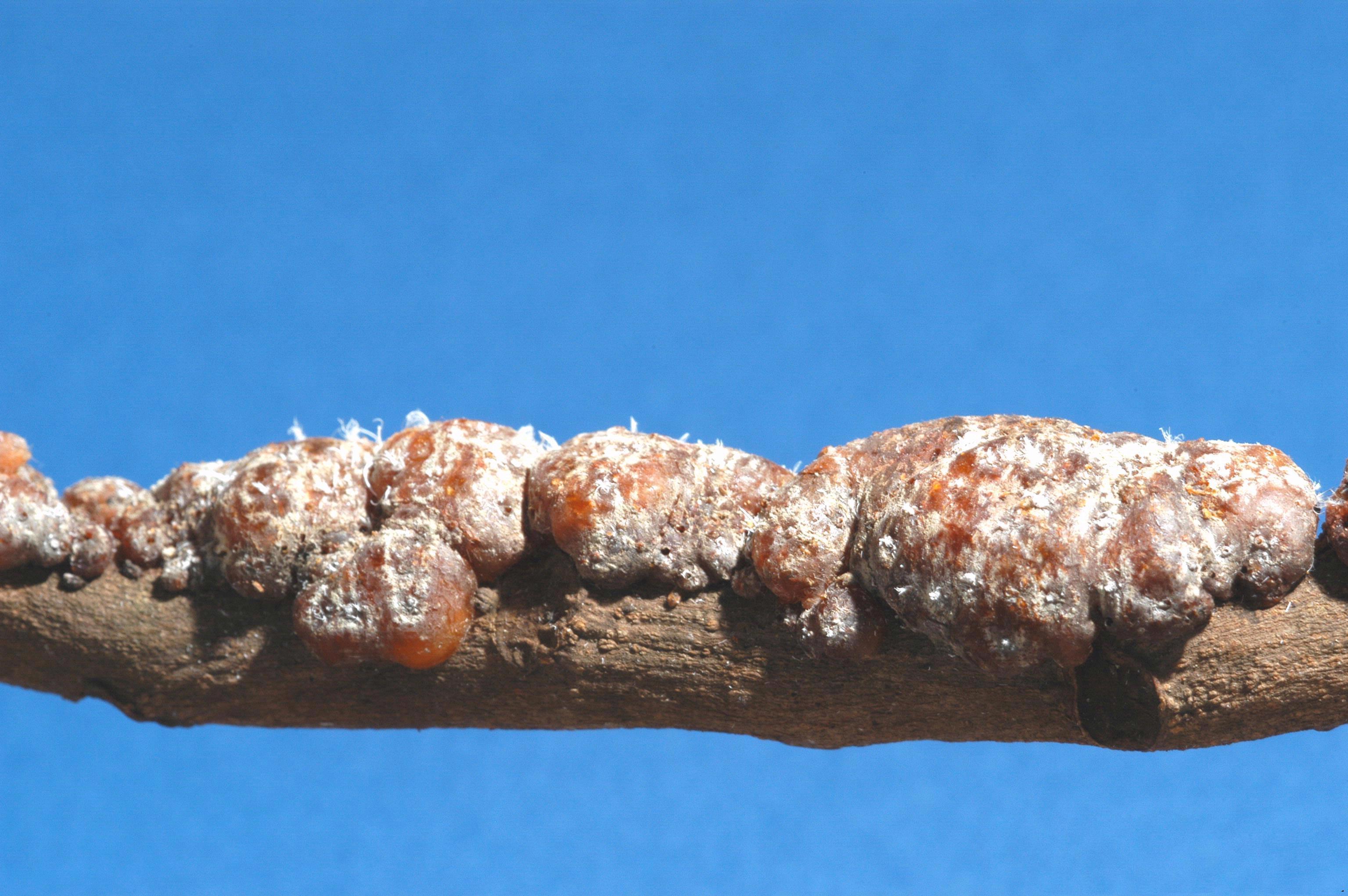|
Toulnustouc River
The Toulnustouc River (french: Rivière Toulnustouc) is a tributary of the Manicouagan River in Rivière-aux-Outardes, Côte-Nord, Quebec, Canada. It is dammed to form Lake Sainte-Anne, which regulates water supply to the huge hydroelectric plants near the mouth of the Manicouagan and also feeds the Toulnustouc generating station with a capacity of 526 MW, which has been operational since 2005. Description According to the ''Dictionnaire des rivières et lacs de la province de Québec'' (1914), Name Toulnustouc is a term of Innu origin whose meaning is not known. According to the surveyor J. Bignell, the term means "elbow river" or "angled river" which matches the old name of Rivière du Coude (Elbow River). The Geography Commissions of Quebec and Canada define it as "river where they make canoes" or "where canoes are needed". There are also different variants: Todnustook, Tudnustouk, Tootnustook, Tulnustuk, Toulnustook and Toulnoustouc. In the late 1970s, the Innu calle ... [...More Info...] [...Related Items...] OR: [Wikipedia] [Google] [Baidu] |
Côte-Nord
Côte-Nord (, ; ; land area ) is the second-largest administrative region by land area in Quebec, Canada, after Nord-du-Québec. It covers much of the northern shore of the Saint Lawrence River estuary and the Gulf of Saint Lawrence past Tadoussac. While most of the region is in the same time zone as the rest of Quebec, the far eastern portion east of the 63rd meridian, excluding the Minganie Regional County Municipality, is officially in the Atlantic Time Zone and does not observe daylight saving time. Population At the 2016 Canadian Census, the population amounted to 92,518, approximately 1.1% of the province's population, spread across 33 municipalities, various Indian reserves and a Naskapi reserved land. The towns of Baie-Comeau and Sept-Îles, Quebec, Sept-Îles combined amount to a little more than half of the population of the region. Geography and economy Côte-Nord was created as an administrative region in 1966. Important landmarks of Côte-Nord include Anticost ... [...More Info...] [...Related Items...] OR: [Wikipedia] [Google] [Baidu] |
Manicouagan Regional County Municipality
Manicouagan is a regional county municipality in the Côte-Nord region of Quebec, Canada. It is located on the north shore of the Saint Lawrence River with its seat in Baie-Comeau. It was created in 1981, and named after the Manicouagan River. Subdivisions There are 9 subdivisions and one native reserve within the RCM: ;Cities & Towns (1) * Baie-Comeau ;Municipalities (1) * Franquelin ;Parishes (1) * Ragueneau ;Villages (5) * Baie-Trinité * Chute-aux-Outardes * Godbout * Pointe-aux-Outardes * Pointe-Lebel ;Unorganized Territory (1) * Rivière-aux-Outardes ;Native Reserves (1) * Pessamit Pessamit (formerly Betsiamites, or Bersimis), is a First Nations reserve and Innu community in the Canadian province of Quebec, located about southwest from Baie-Comeau along the north shore of the Saint Lawrence River at the mouth of the Betsia ... Demographics Population Language Transportation Access Routes Highways and numbered routes that run through the municipali ... [...More Info...] [...Related Items...] OR: [Wikipedia] [Google] [Baidu] |
Rivière-aux-Outardes, Quebec
Rivière-aux-Outardes is an unorganized territory in the Côte-Nord region of Quebec, Canada. It makes up almost 95% of the Manicouagan Regional County Municipality. The eponymous Outardes River is nearly long, and flows through the territory in a north-south direction before draining into Outardes Bay at Ragueneau. The other major river in the territory is the Manicouagan River that flows parallel and east of the Outardes River. Both these rivers are developed with large-scale hydroelectric installations, part of the Manic-Outardes Project. The Manicouagan Reservoir, a circular lake that covers the Manicouagan impact structure, is almost entirely located within the territory. Quebec Route 389, running for a large part between the Outardes and Manicouagan Rivers, provides access to the territory and the hydroelectric installations along these rivers. It is an isolated highway with few roadside services that are great distances apart. Demographics Population trend:Statistics ... [...More Info...] [...Related Items...] OR: [Wikipedia] [Google] [Baidu] |
Manicouagan River
The Manicouagan or Manicuagan River, often clipped to Manic, is a river in Côte-Nord region of Quebec, Canada. The river originates in the Manicouagan Reservoir and flows approximately south, emptying into the Saint Lawrence River near Baie-Comeau. The reservoir, also known as Lake Manicouagan, lies within the remnant of an ancient eroded impact crater (astrobleme). It was formed following the impact of a diameter asteroid which excavated a crater originally about wide, although erosion and deposition of sediments have since reduced the visible diameter to about . The Manicouagan impact structure is the sixth-largest confirmed impact crater known on earth. Name The river's name is believed to come from a Montagnais name meaning "Place where Tree Bark is Found". However the Innu of Betsiamites call it ''Menukuanistuk Shipu'', meaning "River of the Cup". Tributaries The major tributaries of the Manicouagan River are in upstream order: * Toulnustouc River ** Isoukustouc Rive ... [...More Info...] [...Related Items...] OR: [Wikipedia] [Google] [Baidu] |
Lake Sainte-Anne (Toulnustouc)
Lake Sainte-Anne (french: Lac Sainte-Anne) is a lake and reservoir on the Toulnustouc River in the territory of Côte-Nord, Quebec, Canada. The original dam was built in 1950 to regulate the river flow as part of the Manicouagan River hydroelectric power complex. A new dam was completed in 2005 that enlarged the reservoir and supported the new Toulnustouc generating station. First dam The Lac-Sainte-Anne Reservoir was created when the Sainte-Anne Dam (french: Barrage Sainte-Anne) at was filled in 1957. Its purpose was to regulate the flow of water in the Toulnustouc River that powers the downstream Manic-2, Manic-1 and older McCormick hydroelectric plants. It covered an area of . Manic-1 and Manic-2 are owned by Hydro-Québec and McCormick by the Manicouagan Hydroelectric Company. The Manic 2 generating station was built near Baie-Comeau where the Manicouagan River meets the Saint Lawrence River. Before the new dam was built, Lake Sainte-Anne reached its maximum level of ... [...More Info...] [...Related Items...] OR: [Wikipedia] [Google] [Baidu] |
Toulnustouc Generating Station
The Toulnustouc generating station (french: Centrale de Toulnustouc), is a hydroelectric power generating station managed by Hydro-Québec on the Toulnustouc River in the territory of Côte-Nord, Quebec, Canada. It has an installed capacity of 526 MW. The power station is fed by water from a dam and dyke that contain the Lake-Sainte-Anne reservoir. Project A dam and dyke were built to enlarge the existing Lake-Sainte-Anne reservoir for the use by the Toulnustouc hydroelectric project. RSW of Montreal was selected as the prime consulting engineers. VINCI Construction Grands Projets undertook construction. The new dam and dyke are about downstream of the former Lac-Sainte-Anne dam, and added to the reservoir. The development was carried out in partnership with the Pessamit Council and the Manicouagan Regional County Municipality. Work started in November 2001, and for the next four years the project employed 425 people on average, peaking at 1,200 workers in the summer ... [...More Info...] [...Related Items...] OR: [Wikipedia] [Google] [Baidu] |
Innu
The Innu / Ilnu ("man", "person") or Innut / Innuat / Ilnuatsh ("people"), formerly called Montagnais from the French colonial period ( French for "mountain people", English pronunciation: ), are the Indigenous inhabitants of territory in the northeastern portion of the present-day province of Labrador and some portions of Quebec. They refer to their traditional homeland as ''Nitassinan'' ("Our Land", ᓂᑕᔅᓯᓇᓐ) or ''Innu-assi'' ("Innu Land"). The Innu are divided into several bands, with the Montagnais being the southernmost group and the Naskapi being the northernmost. Their ancestors were known to have lived on these lands as hunter-gatherers for several thousand years. To support their seasonal hunting migrations, they created portable tents made of animal skins. Their subsistence activities were historically centred on hunting and trapping caribou, moose, deer, and small game. Their language, Ilnu-Aimun or Innu-Aimun (popularly known since the French colonia ... [...More Info...] [...Related Items...] OR: [Wikipedia] [Google] [Baidu] |
Manicouagan Reservoir
Manicouagan Reservoir (also Lake Manicouagan) is an annular lake in central Quebec, Canada, covering an area of . The lake island in its centre is known as René-Levasseur Island, and its highest point is Mount Babel. The structure was created 214 (±1) million years ago, in the Late Triassic, by the impact of a meteorite in diameter. The lake and island are clearly seen from space and are sometimes called the "eye of Quebec". The lake has a volume of . Geography The reservoir is located in Manicouagan Regional County Municipality in the Côte-Nord region of Quebec, Canada, about north of the city of Baie-Comeau, although its northernmost part is located in Caniapiscau Regional County Municipality. Quebec Route 389 passes the eastern shore of the lake. The crater is a multiple-ring structure about across, with the reservoir at its diameter inner ring being its most prominent feature. It surrounds an inner island plateau called René-Levasseur Island and Mount Babel is t ... [...More Info...] [...Related Items...] OR: [Wikipedia] [Google] [Baidu] |
Lac Caron
Lac is the resinous secretion of a number of species of lac insects, of which the most commonly cultivated is '' Kerria lacca''. Cultivation begins when a farmer gets a stick that contains eggs ready to hatch and ties it to the tree to be infested. Thousands of lac insects colonize the branches of the host trees and secrete the resinous pigment. The coated branches of the host trees are cut and harvested as sticklac. The harvested sticklac is crushed and sieved to remove impurities. The sieved material is then repeatedly washed to remove insect parts and other material. The resulting product is known as seedlac. The prefix ''seed'' refers to its pellet shape. Seedlac, which still contains 3–5% impurity, is processed into shellac by heat treatment or solvent extraction. The leading producer of lac is Jharkhand, followed by the Chhattisgarh, West Bengal, and Maharashtra states of India. Lac production is also found in Bangladesh, Myanmar, Thailand, Laos, Vietnam, parts ... [...More Info...] [...Related Items...] OR: [Wikipedia] [Google] [Baidu] |
Northeast Toulnustouc River
The Northeast Toulnustouc River (french: Rivière Toulnustouc Nord-Est) is a tributary of the Toulnustouc River in Lac-Walker, Sept-Rivières, Côte-Nord, Quebec, Canada. The Cartier Railway runs beside it for most of its length. Name Toulnustouc is a term of Innu origin whose meaning is not known. According to the surveyor J. Bignell, the term means "elbow river" or "angled river" which matches the old name of Rivière du Coude (Elbow River). The Geography Commissions of Quebec and Canada define it as "river where they make canoes" or "where canoes are needed". There are also different variants: Todnustook, Tudnustouk, Tootnustook, Tulnustuk, Toulnustook and Toulnoustouc. In the late 1970s, the Innu called it the "Kuetutnustuku Shipu" river, which means river parallel to the Manicouagan River. Geography The Canton de Villeray is named after Lous Rouer de Villeray (1629–1700). It is to the southeast of the Petit lac Manicouagan, often over in elevation. It contains many wa ... [...More Info...] [...Related Items...] OR: [Wikipedia] [Google] [Baidu] |
Petit Lac Manicouagan
The Petit lac Manicouagan (Little Manicouagan Lake) is a lake in the Côte-Nord region of Quebec, Canada. It is impounded by the Hart-Jaune Dam at its outlet to the Hart Jaune River. Location The Petit lac Manicouagan is in the unorganized territory of Rivière-Mouchalagane, Caniapiscau. It is to the east of Quebec Route 389. The Cartier Railway runs along the southeast shore of the lake. The railway enters the southern tip of the lakeshore through a narrow gorge that leads to the headwaters of the Northeast Toulnustouc River. The lake is divided between the cantons of Hesry (NW), Fagundez (SW), Le Courtois (SE) and Leventoux (NE). The northern tip is in the canton of Tilly. The southern arm extends into the canton of Forgues. The Petit lac Manicouagan is in the watershed of the Beaupré River, a tributary of the Manicouagan Reservoir. The lake contains of water and covers . The watershed covers . Name The Innu word ''Manicouagan'' has been taken to mean "where bark is taken" ... [...More Info...] [...Related Items...] OR: [Wikipedia] [Google] [Baidu] |




